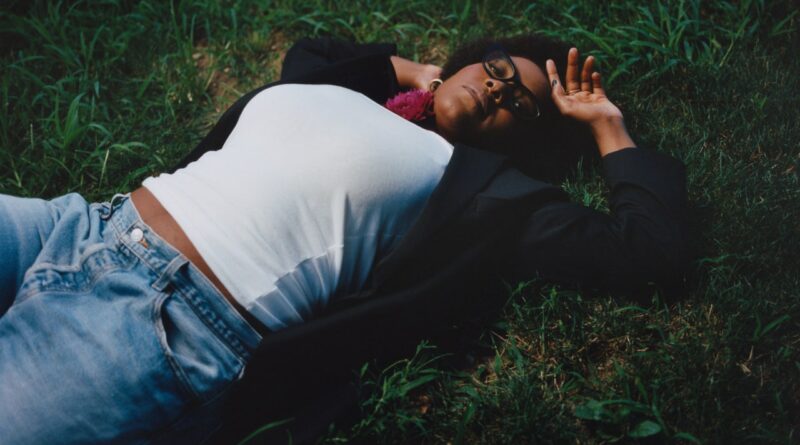365 Days Without Shopping: Taking Tangible Strides Towards Sustainability
Like many fellow Gen-Zers, I frequently tweak and document my style on social media; I can’t help but relish in the likes I get when I post my latest—and more importantly, newest—look. But after reading The World Is on Fire and We’re Still Buying Shoes, written by former Highsnobiety editor Alec Leach, I was forced to take a long hard look at my sustainable fashion habits (or the lack thereof). One quote in particular stuck with me: “The tragic irony is that we’re not even trashing the planet for things that make us happy.”
Research tells us that almost 85% of U.S. textiles produced in a given year end up in a landfill, making up around 70 pounds per person. But only after reading Leach’s book did I fully appreciate how these scary statistics had something to do with me and my knack for conspicuous consumption. I saw myself in that quote; I was addicted to shopping for no real reason, and at times it felt beyond my own control. My attachment to clothing stopped being about freedom of expression, and more about relevance. I can recall almost every major summer I’ve spent abroad overloading my suitcase with tag-filled items that often offered no comfort or longevity in quality. Don’t get me wrong: I love the craft and art of fashion. I’m eagerly anticipating Phoebe Philo’s return and daydreaming about Peter Do’s Helmut Lang debut and how I can get it first, but at what cost? Shortly after finishing the book’s last page, I realized I wanted to be a part of change—I am truly afraid of what climate change has in store for us.
Photo: Sophia Wilson
What Leach’s book revealed to me are the many ways in which my overconsumption might be exacerbating my climate anxiety and buyer’s remorse, placing me right into what he describes as “the vicious cycle of compulsive shopping.” I constantly feel a sense of guilt when I click purchase on an item I didn’t necessarily need or, in some cases, spent maybe too much on. In this cycle, Leach connects difficult feelings to shopping as a pleasant distraction and finally, the feeling ultimately wears off until we repeat again.
Early in the book, Leach shares his own troubled relationship with fashion and how he has since committed to a capsule closet to do his part. And while there is no one perfect solution, he suggests limiting shopping to a capsule collection, only partaking in investment pieces, and not falling for every trend. As for me, I’ve decided to simply (albeit temporarily) opt out; I won’t be shopping for a year. In protest of my former Olympic sport-dedication to the acquisition of fashion, I am halting all shopping for one year. And to take things a step further, I have launched Consumption Project—a resource and community for people who love fashion but want to reject a more-is-more shopping philosophy.
The rules are simple, you choose the pledge that works best for you—be it sticking with a capsule closet of 30 to 60 pieces or matching my commitment to stop shopping for a year. Of course, there are exceptions to be made for essential items such as undergarments or weatherproof wardrobe pieces. For those who are up for the challenge, signing up on our site is as easy as a single click where you find even more resources to support you on your journey. Our goal is to enlist the help of some of the fashion’s favorite faces, from editors to models, and showcase to you their version of capsule closet to help get you started and support your decision.




